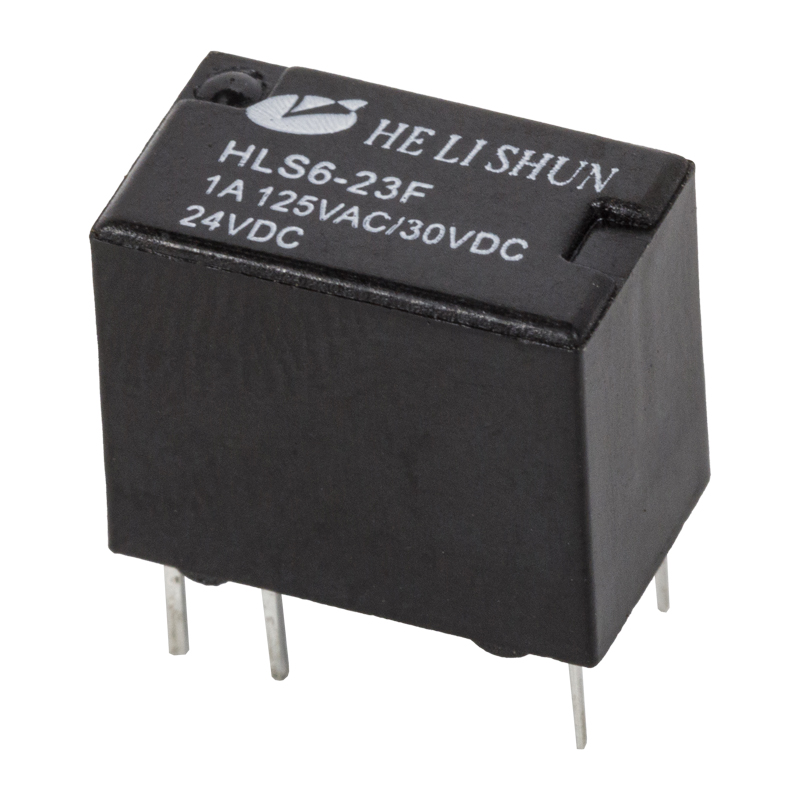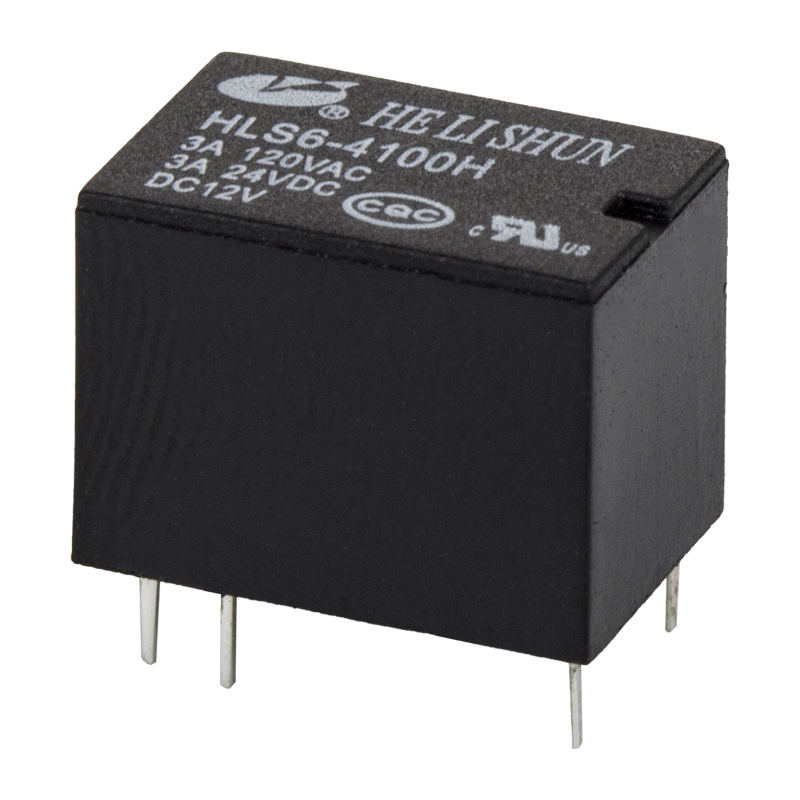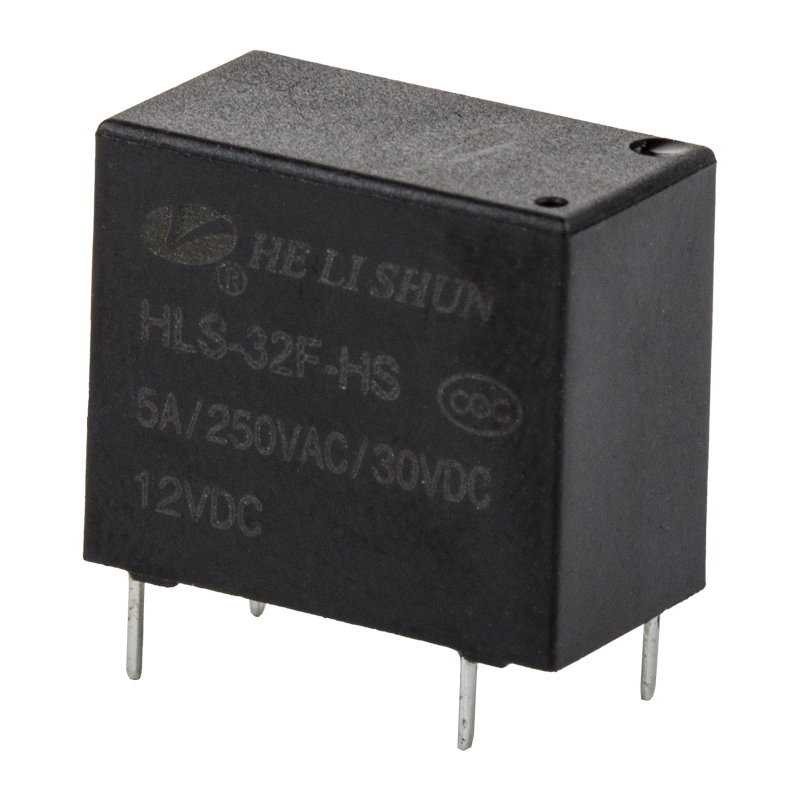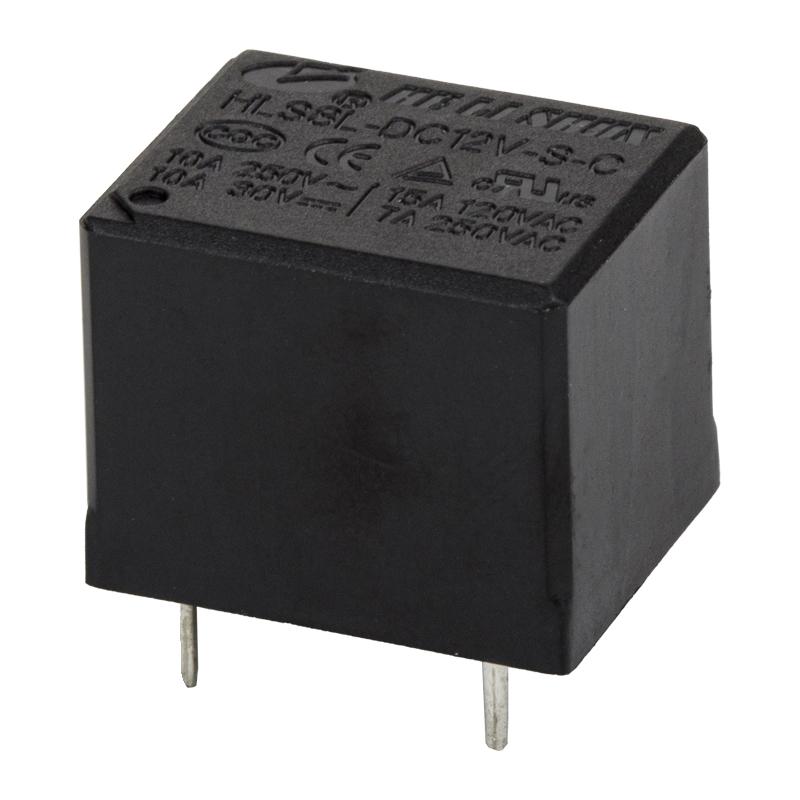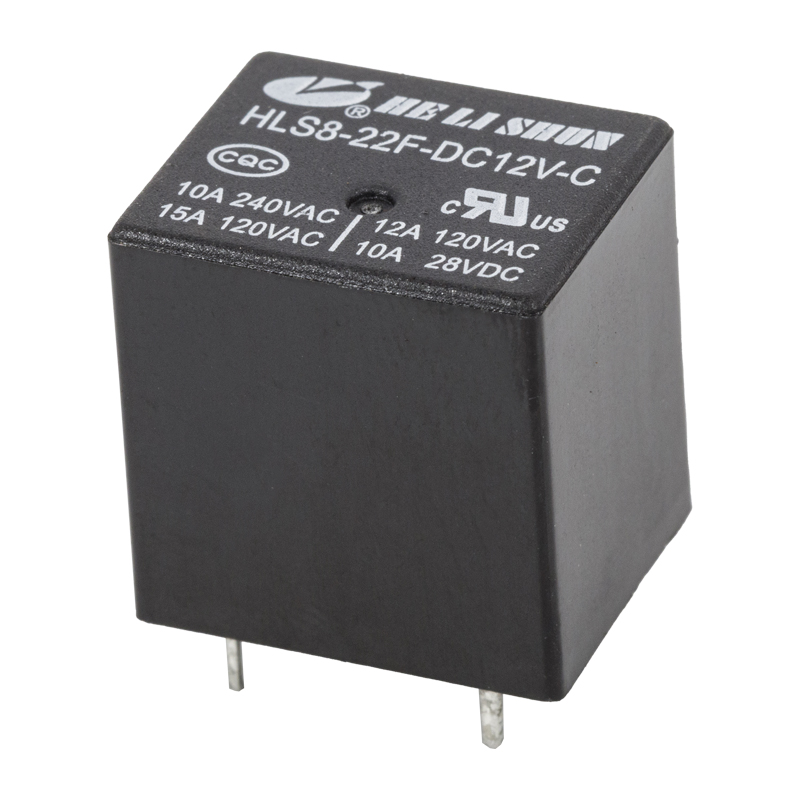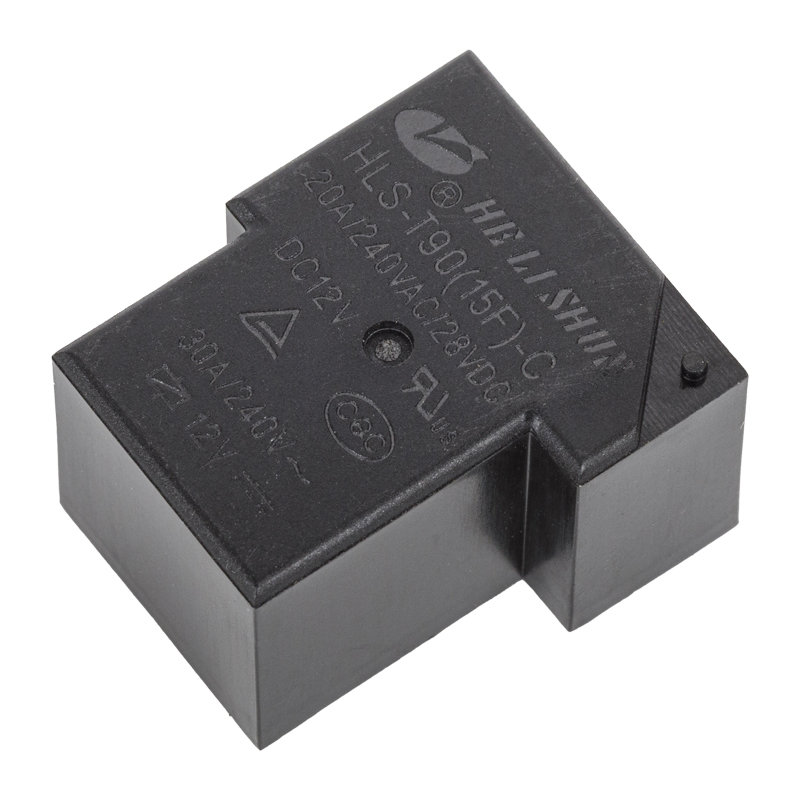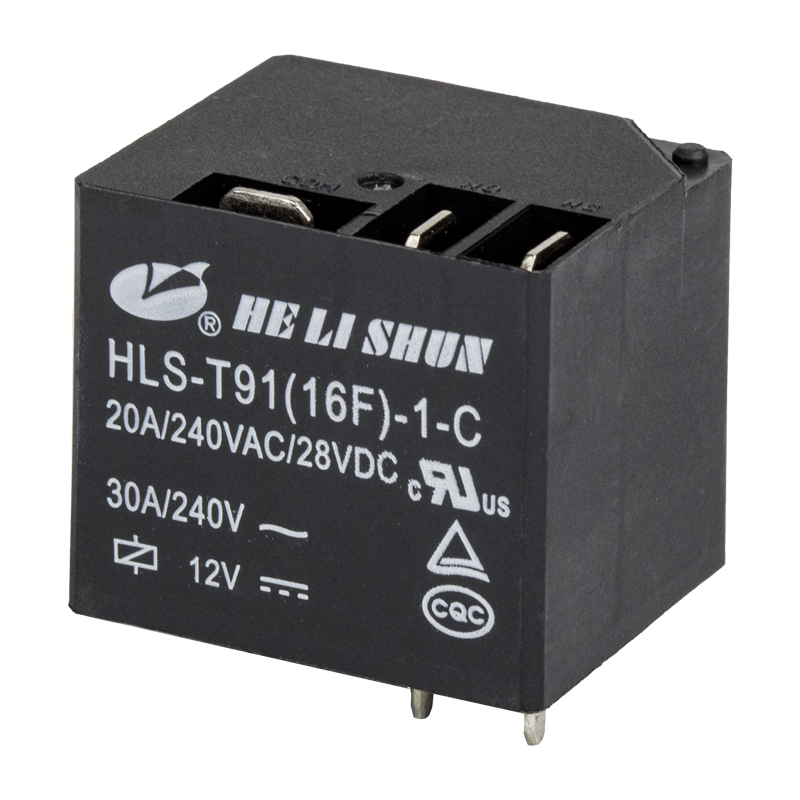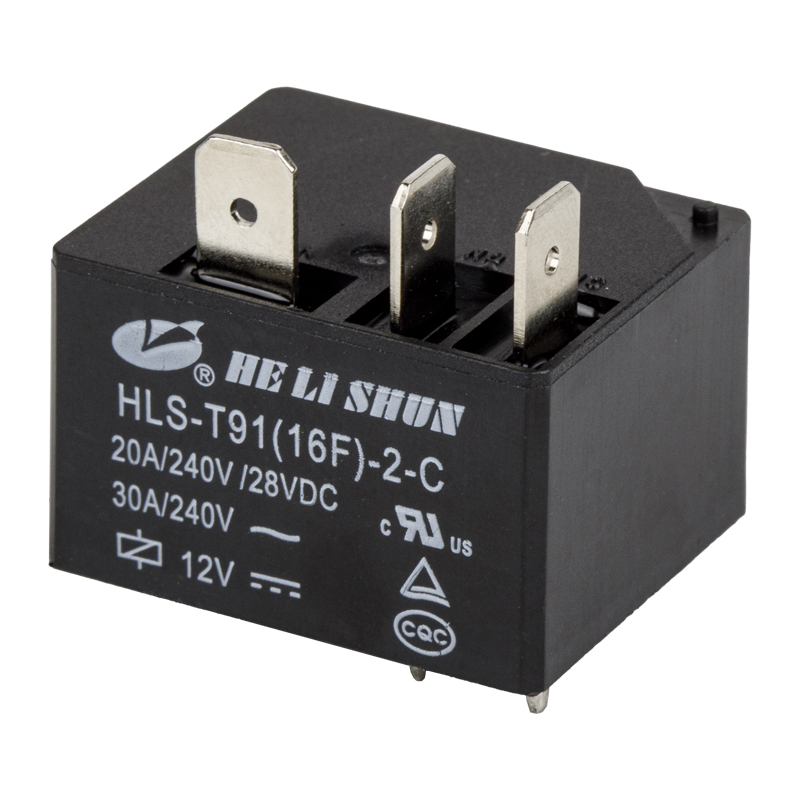In electrical engineering and automation, relays are among the most basic and commonly used components. They act as switches, enabling low-power signals to control high-power circuits. However, for high-current or high-voltage applications, a more specialized type of relay—the power relay—is used. Although both fall under the category of relays, there are significant differences in design, function, and application. Understanding these differences helps engineers make the right selections and improve system safety.
Content
Key Differences Between Relays and Power Relays
Relays and power relays perform different functions in electrical control systems. The main differences are as follows:
Primary Functional Focus:
- Standard Relay (Signal Relay): Primarily used for control circuits, signal switching, and logic control. It handles relatively small current signals and is often used as a signal amplification or logic control element in electronic devices.
- Power Relay (Power Relay): Used for switching main circuits and high-power loads, such as large motors and heaters, responsible for actually performing high-current switching tasks.
Rated Current Capacity:
- Standard Relay: Rated current is typically lower, mostly below 10A, while signal relays are generally in the range of milliamperes to several amperes.
- Power Relays: Designed to handle high currents, typically rated at 10A or higher, reaching tens or even hundreds of amperes. This is a key differentiator between standard and power relays.
Contact Structure and Dimensions:
- Standard Relays: Smaller contacts, generally single or double contacts, suitable for compact PCB mounting.
- Power Relays: Larger contacts, thicker material, and wider contact spacing to effectively suppress arcing and reduce heat impact.
Main Applications:
- Standard Relays: Commonly used for PCB signal switching, internal control of electronic equipment, and low-power systems.
- Power Relays: Widely used in industrial control, automotive systems (such as high-voltage contactors in electric vehicles), power systems, and driving large machinery.
In short, standard relays handle "information flow," while power relays handle "electrical energy flow." They are designed based on the controlled current and power level.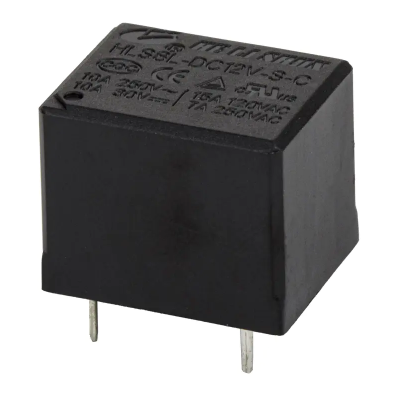
Design Features and Advantages of Power Relays
Power relays are specifically designed to manage high-power loads, thus requiring specific design and material specifications:
- Contact Materials and Structure: To withstand the arcing and heat generated during high-current switching, power relay contacts typically use highly conductive and high-melting-point alloys (such as silver-cadmium alloys or hafnium oxide/silver alloys). Larger contact volumes and wider spacing help suppress arcing and extend service life.
- Coil Drive and Power Consumption: Although controlling high-power circuits, the coil of a power relay is still driven by a low-voltage signal, enabling small signals to control large loads. Its coil drive current is typically slightly higher than that of a standard relay.
- Safety and Durability: In industrial or automotive environments, power relays require good vibration and shock resistance. For example, high-voltage DC contactors (essentially power relays) used in electric vehicle battery management systems can quickly interrupt high-voltage, high-current loads under abnormal conditions.
Relay Selection Considerations
Choosing the appropriate relay depends primarily on the load type and operating environment:
- Load Current and Voltage: If the load current exceeds 10A or there are high instantaneous inrush currents, a power relay or contactor is required.
- Load Characteristics: Switching resistive loads (such as heaters) and inductive loads (such as motors and transformers) place different requirements on relays. When an inductive load disconnects, it generates a back electromotive force, requiring power relays to provide stronger arc-extinguishing capabilities.
- Installation Space: Standard relays are mostly PCB-mounted and compact; power relays, due to their larger contacts and arc-extinguishing structures, are mostly panel-mounted or DIN rail-mounted.
Standard relays are primarily used in electronic equipment to control weak signals, while power relays are used in industrial control systems to drive high-power equipment. In automation system design, correctly distinguishing and applying these two types of relays helps improve system efficiency, safety, and stability.




 English
English 中文简体
中文简体
